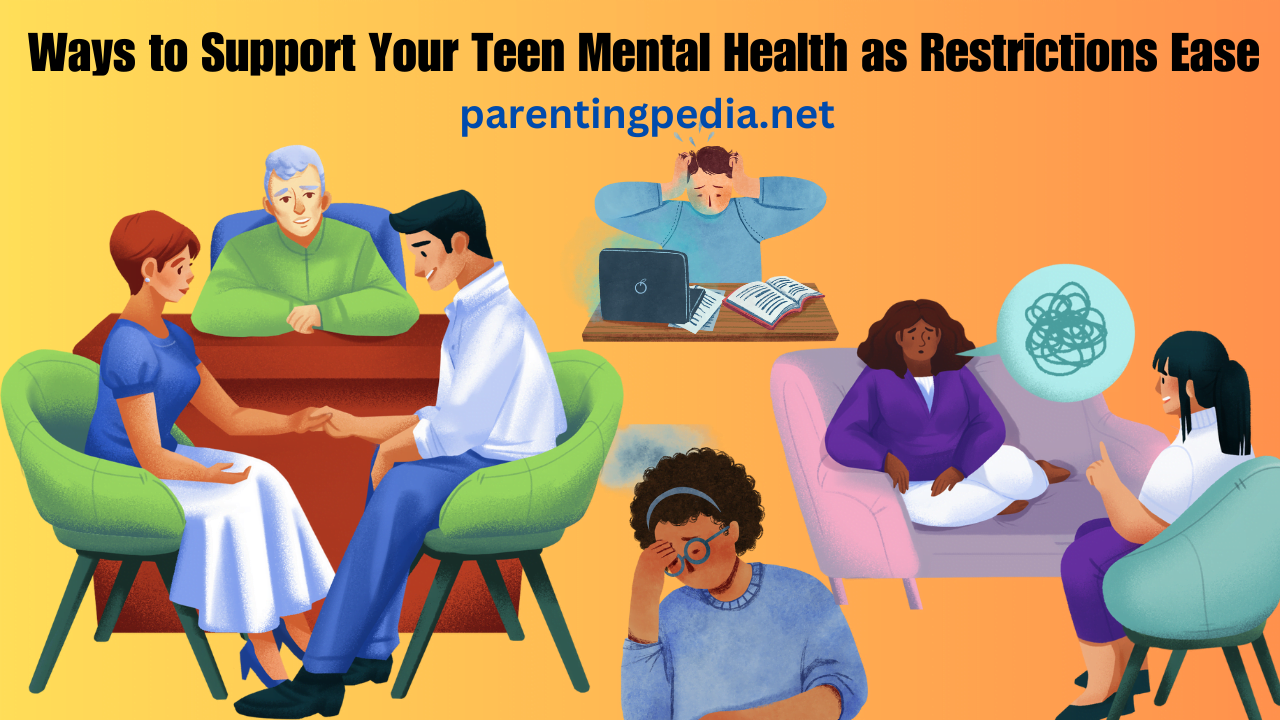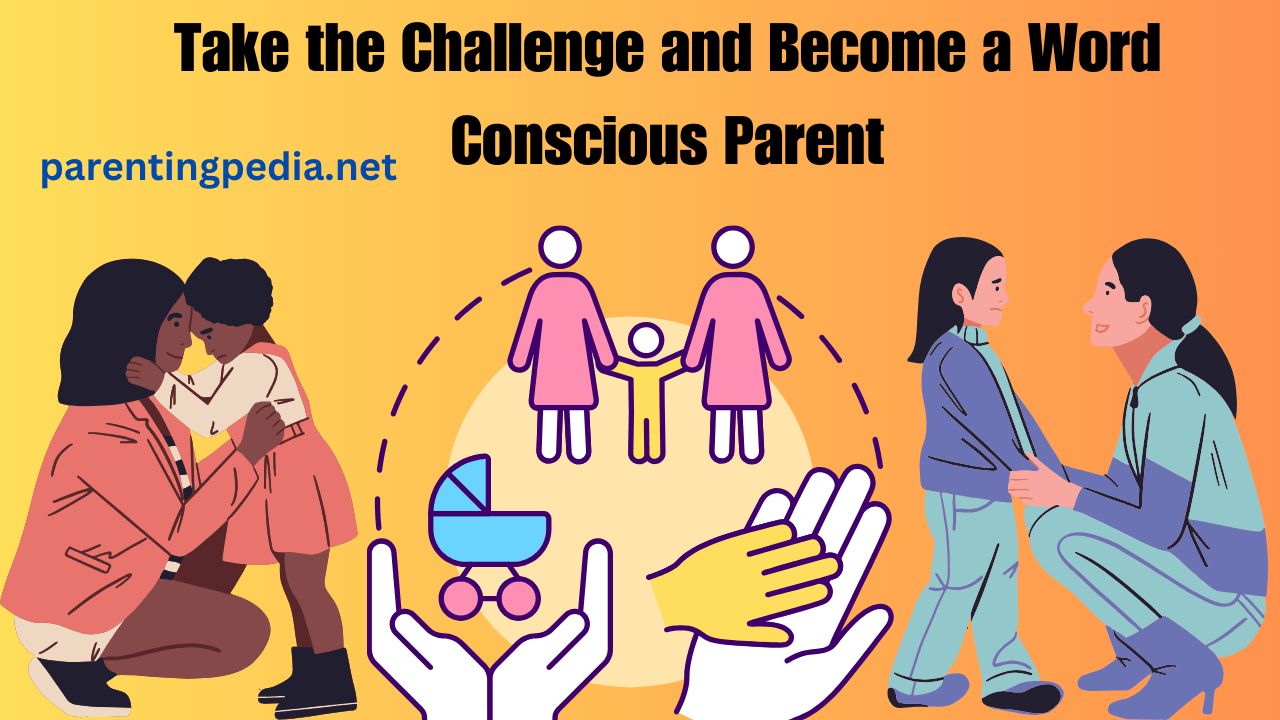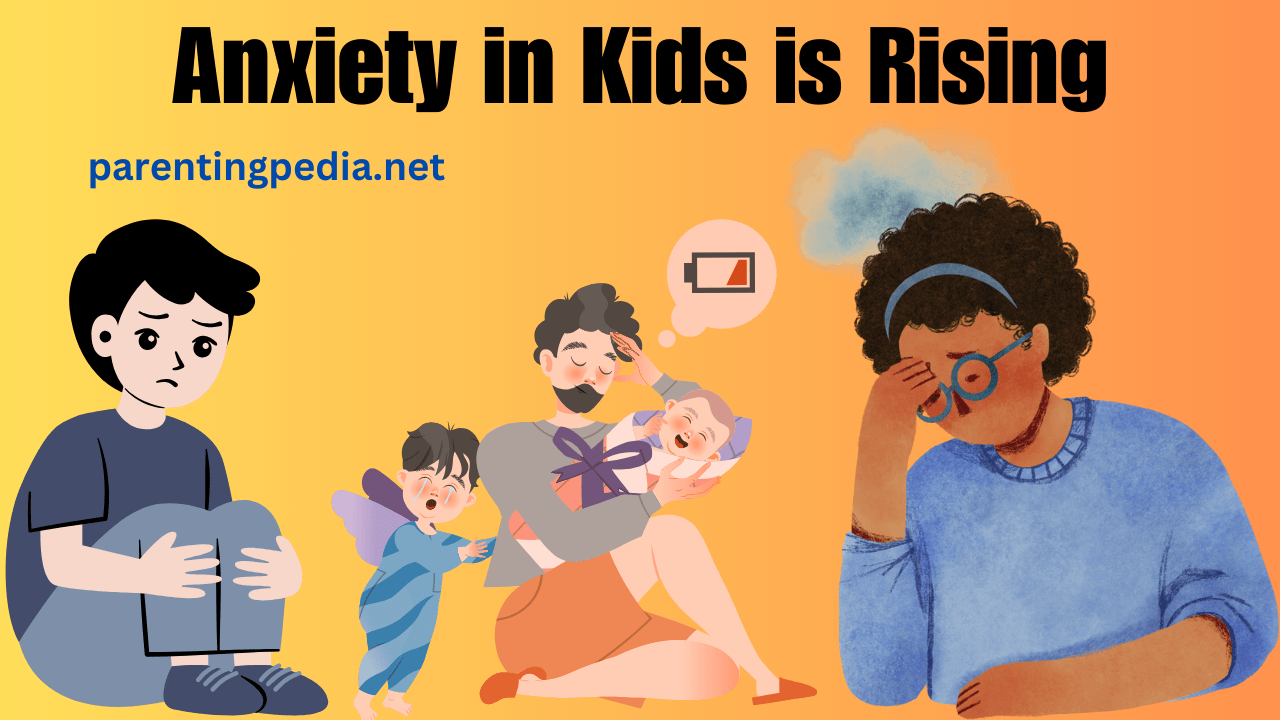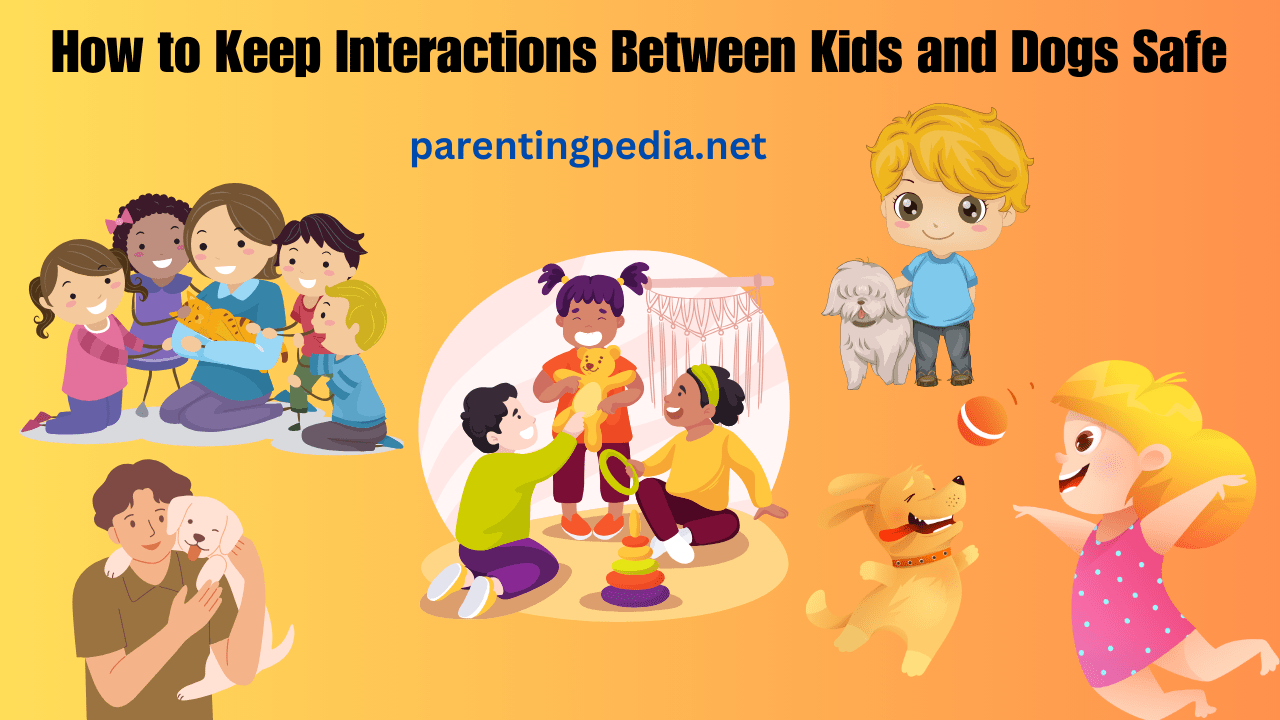Discover the fascinating world of teenage brains with insights from neuroscience. No two adolescents are the same, making understanding them essential. Navigating the complex landscape of adolescent brain development is no small task. As parents, educators, and even teenagers themselves, we often find ourselves scratching our heads, trying to make sense of the whirlwind of emotions, behaviors, and decision-making that defines the teen years.
It’s a period of life rife with stereotypes and assumptions about what happens on average in the teenage brain. But is there such a thing as an “average” teenage brain?
Let’s embark on a journey into the world of adolescent brain development, exploring the fascinating insights from neuroscience and challenging the notion of an “average” teenage brain.
Part of the Brain: Understanding Brain Regions
To unravel the mysteries of the teenage brain, it’s essential to comprehend the intricate landscape of the brain regions responsible for various functions. Our understanding of the teenage brain is evolving rapidly, thanks to advancements in neuroscience and brain imaging technology. In the past, studies often relied on averages to describe what’s happening in the brain during adolescence. However, we now know that this approach can be misleading, as the adolescent brain is far from monolithic.
Neuroscience Is Unlocking Brain Regions
The field of neuroscience is continually unlocking the secrets of the brain, particularly during adolescence. Researchers are delving into the specifics of how different areas of the brain function and how they affect the way our brain develops and the way we behave during our teenage years. But, as we’ll discover, these findings challenge the very idea of an “average” teenage brain.
The Myth of an Average Teenage Brain
Traditionally, studies on adolescent brain development have focused on averages. These averages encompass a broad spectrum of teenagers, from different backgrounds, with varying experiences and life circumstances. While this method has its uses, it fails to account for the significant individual differences that exist among teenagers.
Your Brain Develops Differently Across Adolescence
One of the primary reasons why the concept of an “average” teenage brain doesn’t hold up is that your brain develops differently across adolescence, depending on your socioeconomic status, personal experiences, and other factors. While we’ll explore these individual differences more thoroughly later, it’s crucial to understand that the teenage brain is far more complex and unique than we might initially assume.
Breaking Down Stereotypes: Are Teenagers Really That Different?
It’s easy to rely on stereotypes when thinking about teenagers. We often hear phrases like “typical teenager” or “all teenagers are the same,” but is this really the case? The teenage brain is a subject of ongoing research, and recent findings suggest that teenagers are not as uniform as we might think.
Social Information – Their Brains Appear to Be More Sensitive
Research in the field of adolescent brain development indicates that teenagers’ brains appear to be more sensitive to social information than we previously believed. In a study conducted at the Adolescent Brain Lab at Yale University, researchers found that the way teenagers process and react to social cues differs significantly based on their individual characteristics, such as their parents’ education level, cultural background, and the time they spend with their families.
Challenging the Assumption of Averages
The idea of an “average” teenage brain falls apart when we consider these individual differences. The tendency to average findings across a large number of participants can obscure significant variations in how teenagers’ brains develop and respond to the world around them. Researchers are now more likely to be able to detect a genuine effect if they look at these individual differences instead of relying on averages.
The Evolving Adolescent Brain: A Closer Look
So, how does the teenage brain develop, and what makes it so unique? Let’s delve deeper into the intricacies of adolescent brain development, and how it can vary based on individual factors.
Brain Changes in Adolescence
The period of adolescence is marked by profound changes in the brain. Contrary to the earlier belief that the brain matures by the age of 20, it’s now understood that the adolescent brain continues to develop well into the late teens and even early twenties. The brain experiences significant changes in both its structure and function during this time.
The Brain Grows, but It’s Not Just About Brain Volume
While the overall volume of the brain may not change significantly during adolescence, the brain’s circuitry undergoes substantial refinement and reorganization. This rewiring helps teenagers adapt to the increasing demands of adulthood, including their ability to regulate their emotions and make more reasoned decisions.
How Much Time Spent with Families Matters
The amount of time teenagers spend with their families can also have a profound impact on their brain development. This is where individual differences come into play. For instance, teenagers from vastly different cultures or family dynamics can experience significant variations in how their brains develop and adapt to the world around them.
Challenging the Status Quo: The Way Forward
Understanding the complexity and individuality of the teenage brain is crucial for parents, educators, and society as a whole. As we’ve seen, relying on averages to describe the teenage brain does a disservice to the unique experiences and characteristics of each teenager. So, what’s the way forward?
Look at Individual Differences
A more holistic approach to studying the teenage brain involves looking at individual differences. This approach considers factors like socioeconomic status, cultural background, family dynamics, and personal experiences to gain a more accurate understanding of adolescent brain development.
Acknowledge the Influence of Social, Economic, and Cultural Factors
Teenagers’ brains are not isolated entities but are deeply influenced by social, economic, and cultural factors. Recognizing and addressing the impact of these factors on brain development is essential for providing the right support and guidance to teenagers as they navigate the challenges of adolescence.
FAQs:
Q1: Is there a typical age range for the teenage brain’s development?
The teenage brain’s development is a dynamic and individualized process. While some commonalities exist, the age range for brain development can vary widely among teenagers. It can extend well into the early twenties.
Q2: Can experiences in vastly different cultures affect the development of the teenage brain?
Yes, experiences in vastly different cultures can have a profound impact on the development of the teenage brain. Cultural norms, family dynamics, and societal expectations all play a role in shaping how a teenager’s brain develops.
Q3: How can parents, educators, and society support teenagers with varying brain development?
Supporting teenagers with varying brain development involves recognizing individual differences and understanding the influence of social, economic, and cultural factors. Collaborative efforts, including open communication and tailored strategies, can go a long way in providing the necessary support.
Q4: Can teenagers’ brain development be influenced by their family’s socioeconomic status?
Yes, a teenager’s family’s socioeconomic status can significantly influence their brain development. Socioeconomic factors can impact the quality of education, access to resources, and stress levels, all of which can shape the developing brain.
Q5: Is there an ideal approach for studying the teenage brain that accounts for individual differences?
The ideal approach to studying the teenage brain involves considering individual differences, acknowledging the influence of social, economic, and cultural factors, and promoting collaboration among various stakeholders, including researchers, educators, parents, and policymakers.
Conclusion:
In the ever-evolving landscape of adolescent brain research, it’s becoming increasingly clear that there’s no such thing as an “average” teenage brain. Adolescents are a diverse group, with unique experiences, backgrounds, and individual characteristics that significantly influence their brain development. To better support teenagers during this transformative phase of life, it’s essential to move beyond the notion of averages and embrace the complexities of the teenage brain. By doing so, we can celebrate their uniqueness and provide the guidance and understanding they need to thrive.
Remember, the greatest reward of parenting lies in watching
your children soar with love and confidence.
Till then keep smiling and be happy
Worth Reading ?
- Finding Balance Becoming a Screen Smart Family
- Best of the web when you’re teen asks for non-alcoholic beer and more
- Choosing the Best Musical Instrument for Children to Learn
- When Life Sucks: A Conversation with Psychiatrist and Comedian Dr. Jo Prendergast
- Getting kids to talk about their feelings
- The case for banning corporal punishment of kids
- How Parents Can Help Kids Make Good Friends
- Why meditation should be taught in schools
- How to manage your child’s self-criticism
- How to Get Your Teenager Off the Couch
- how to be a best and fairest sporting parent from nathan burke
- 10 Tips to Help Your Teen Out of the Procrastination Trap
- Is your child being bullied, how parents can help?
- Taking care of emotions a guide for parents and their kids
- Getting Involved Parents Making a Difference










